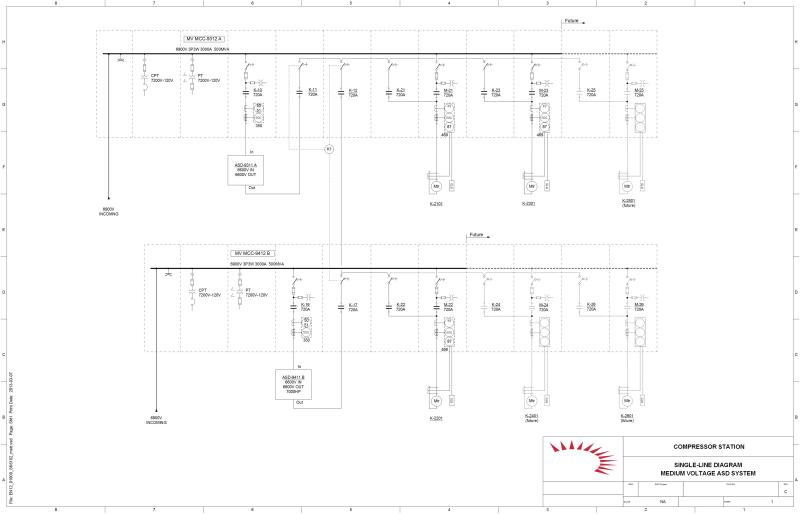OK, back to your actual question rather than second guessing the entire concept.
MV drives are, as I mentioned, somewhat of a different animal from LV drives for many reasons, the least of which is that a "repair facility", although a valid concept, is irrelevant because you cannot pull one out and send it in for repair. The nature of the beast means it MUST be repairable on-site. So while the ideat is valid, what you really want to look for is availability of a good local SERVICE TECHNICIAN to attend to their needs. I was just involved in a huge project like this in California and the Consulting Engineer invited almost every mfr of MV VFDs to propose their solutions. The two MAJOR criteria were the reliability and service organization. In several of the proposals, service people would have to come from the East Coast of the US, two of them would have to come from Japan, one from China. All of those were rejected at the first pass, they insisted that a service tech be available within 3 hours on an emergency basis, something to consider.
Also, MTTR (Mean Time To Repair) is a critical issue, especially for power components. Some require 2 people for the removal of 150 to 400 lb. power cells using a special lift truck assembly, others can be repaired by a single person sliding in a 3lb power "card" from the front without having to disturb the entire assembly or adjacent power cards. That can make a big difference in an emergency repair, because "Murphy's Law" dictates that the first time they will need to repair something will be 3:00AM on Christmas Eve, and getting two people available is a lot harder than getting one.
BRIS said:
Because of the criticality of the water distribution system the client is asking for standby VFDs for each pump set. He has the money we don't have the footprint space to double up on the VFDs.
For this, one thing to think about is what is referred to as "N-1" functionality. This can be thought of in two ways, especially with pumping systems:
1) The VFD can sense a bad power device and "hobble itself" by turning off and bypassing corresponding devices in other phases so that the drive can keep pumping at a reduced rate commensurate with the loss of power handling capability.
2) You can do the same thing, but start with a VFD that is 2X the required current capacity, so even if you lose half of the devices in the drive, you still have full pumping capacity available. So in your case, you buy 3.6MW drives that have N-1 capability for each motor. Might be a little more floor space, but not as much as two drives per motor.
"You measure the size of the accomplishment by the obstacles you had to overcome to reach your goals" -- Booker T. Washington

